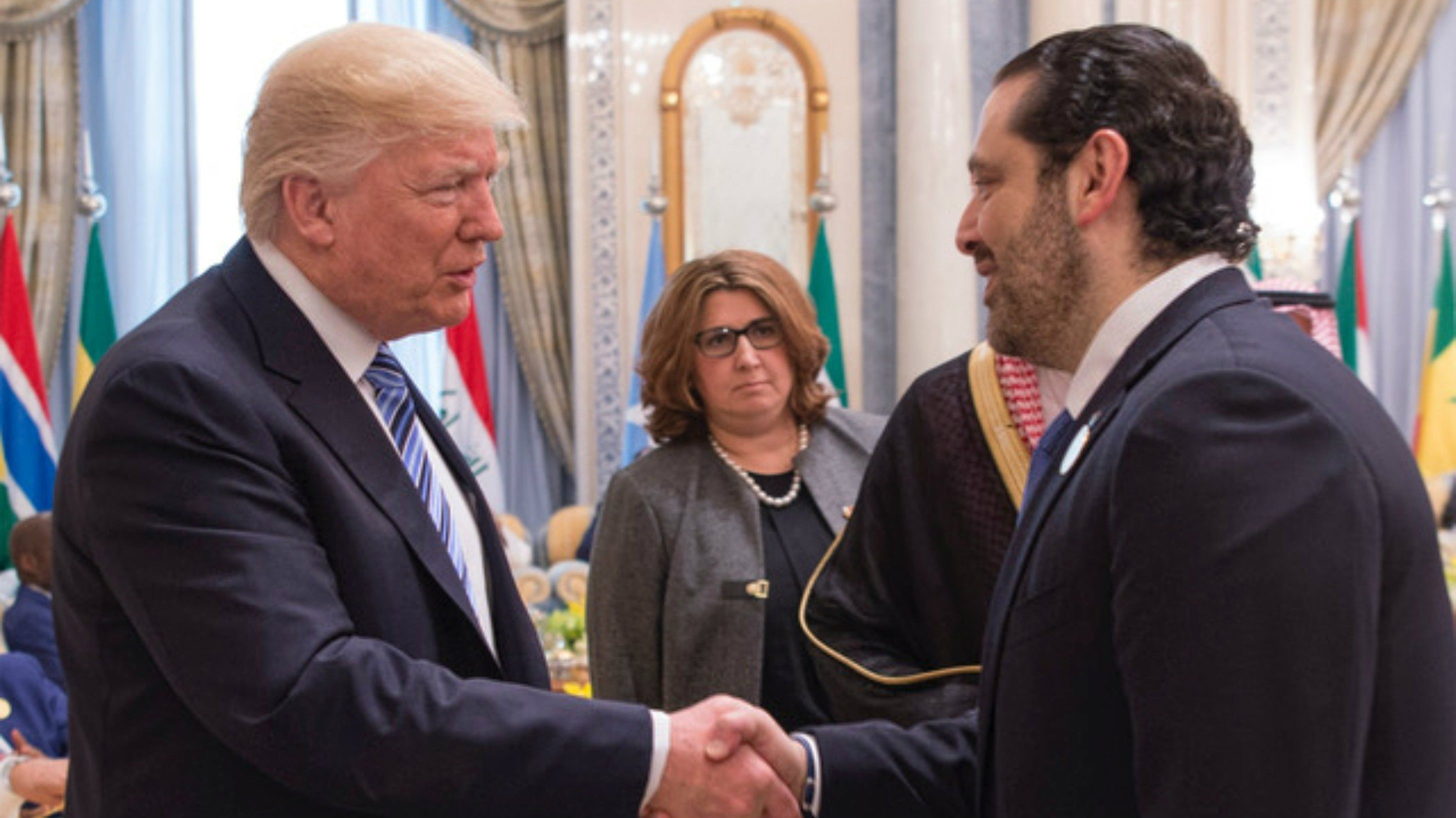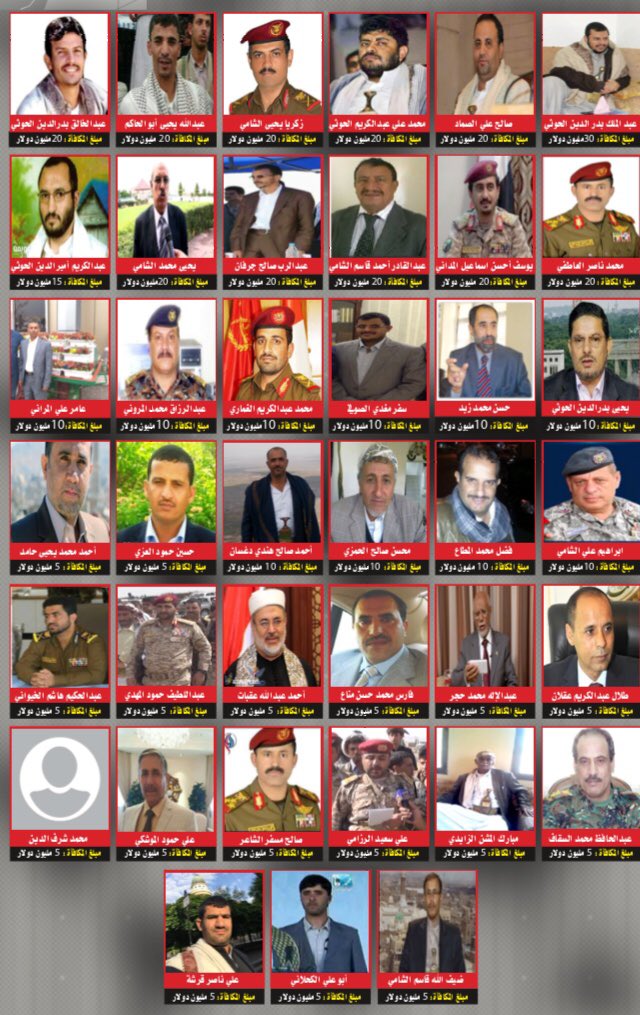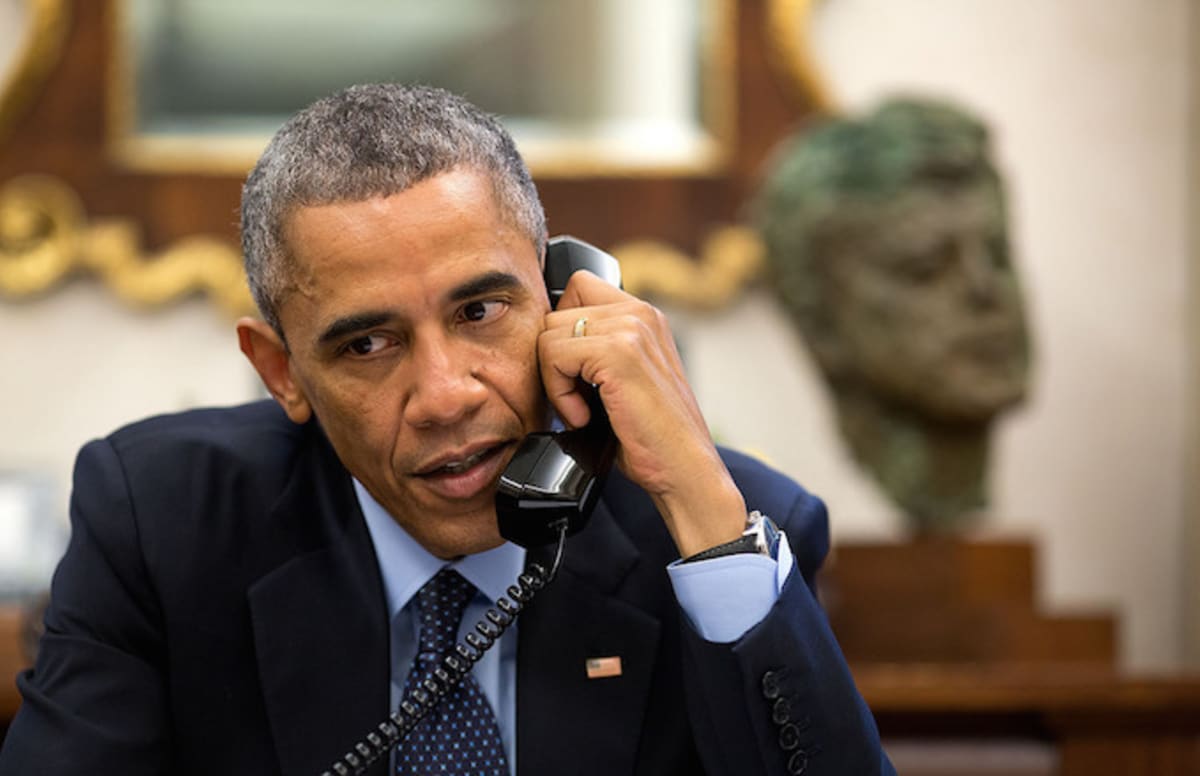What is Wilbur Ross worth? The answer is a slippery one when you ask Wilbur to respond. There is a dispute when it comes to his financials in the ranger of a billion or two. Further, where did his wealth come from you ask? Well there were allegedly family trusts, hotels, shipping companies, steel, banking in Cyprus and even those Rothschilds. More here from Forbes.
Wilbur Ross’ company has been moving LPG for a Russian gas giant.
But now, in what might seem almost an echo of the Red Scare that lasted in America for generations, this business relationship is seen as tainted, an ominous connection to a country that unleashed cyberwar against American democracy and the 2016 election that put Trump in the White House.
Are all connections to Russia now suspect? Or are they sometimes merely an inconvenient consequence of doing business in a country where major corporations often are controlled by the Kremlin?
The latest tie between Russia, Trump and his campaign and administration officials came to light Sunday with news that the U.S. commerce secretary is a part owner of Navigator Holdings, a shipping company that transports LPG produced by Sibur, a big Russian company with ties to the Kremlin.
Some shipping business experts who follow the company are shrugging off the news.
“Russia has a lot of commodities that need to go somewhere else,” said Benjamin J. Nolan, a financial analyst who covers Navigator for Stifel, Nicolaus & Co. He added, “Odds are, they are going to have long term contracts with Western shipping companies.”
The Russian government is a powerful factor in almost every part of the country’s economy. Some of Russia’s biggest banks, such as Sberbank and VTB are state-controlled, with their management answering directly or indirectly to the Kremlin.
Then there is Gazprom, a big gas supplier to Europe, and Rosneft, the oil producer. Both are majority state owned.
***
Two people associated with Siber are under U.S. sanctions
***
How about Venezuela? Yup…
Despite U.S. sanctions on Venezuela’s bond transactions in international markets and other restrictions against top officials, the Paradise Papers show that Secretary of Commerce Wilbur Ross has an important stake in multi-million dollar businesses related with state-oil giant Petróleos de Venezuela (PDVSA).
As reported by Newsweek on Sunday, Ross still retains interest in Navigator Holdings, a shipping company incorporated in the Marshall Islands in the South Pacific that maintains a close relationship with Russia’s energy company SIBUR, which is run by President Vladimir Putin’s son-in-law Kirill Shamalov and other individuals who have been sanctioned by the U.S. Navigator Holdings has received millions of dollars every year in earnings due to coastal shipping services provided to PDVSA.
PDVSA is no small client of Navigator Holdings. The state-oil company contributed to 10.7 percent of Navigator’s earnings during fiscal year 2014 and 11.7 percent in fiscal year 2015, according to Venezuelan newspaper El Nacional. The company’s earnings translate into $33.7 million and $36.7 million for each fiscal year thanks to PDVSA’s use of the Navigator’s 29 tankers to carry liquefied petroleum gas during those years.
As he was awaiting confirmation, Ross failed to disclose any business interests with Putin’s family and his stake in the maritime industry. James Rockas, Ross’s spokesman, told the New York Times that the secretary of commerce “recuses himself from any matters focused on transoceanic shipping vessels, but has been generally supportive of the [Trump] administration’s sanctions of Russian and Venezuelan entities.”
But Ross’s businesses pose a potential conflict of interest, ICIJ reported. Ross has “the power to influence U.S. trade, sanctions and other matters that could affect SIBUR’s owners,” the Paradise Papers report added. More here from Newsweek.








